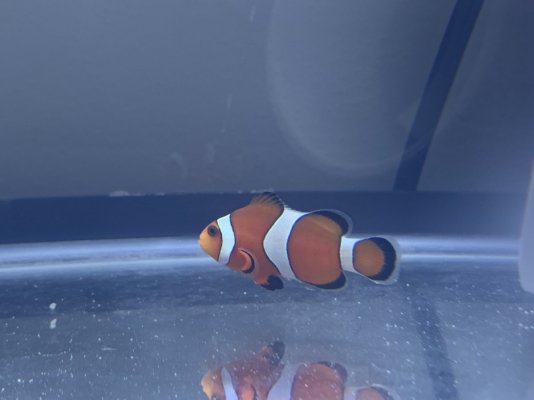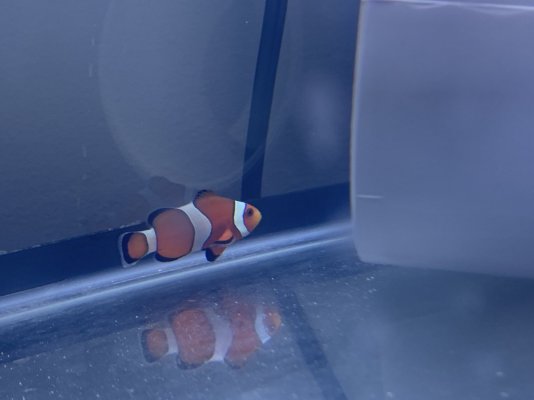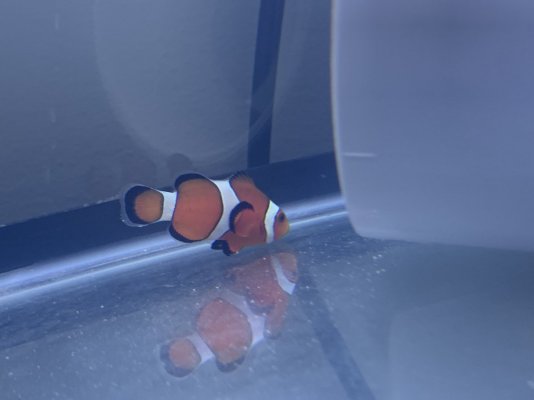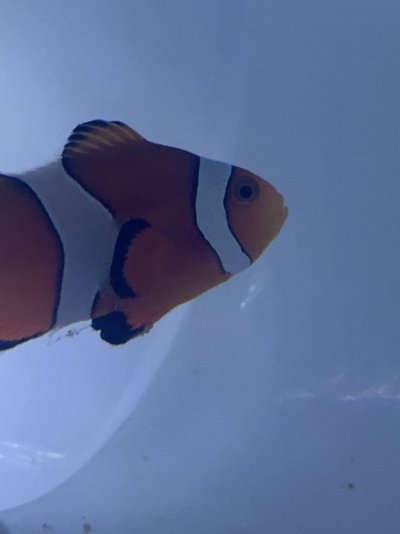I got my clown about 3 days ago, and he’s currently in 2.0 ppm copper power and have also dosed general cure. He was still refusing to eat so I checked for flukes with a freshwater dip, and it looks like there is mucus on his fins. I’m not sure if this is brook so can the experts help out #reefsquad? It is mostly on the bottom portion of his body. He had no symptoms of disease other than flared fills and lack of a food drive, so this was unexpected. I attached a few pics.






Last edited:







 .
.












